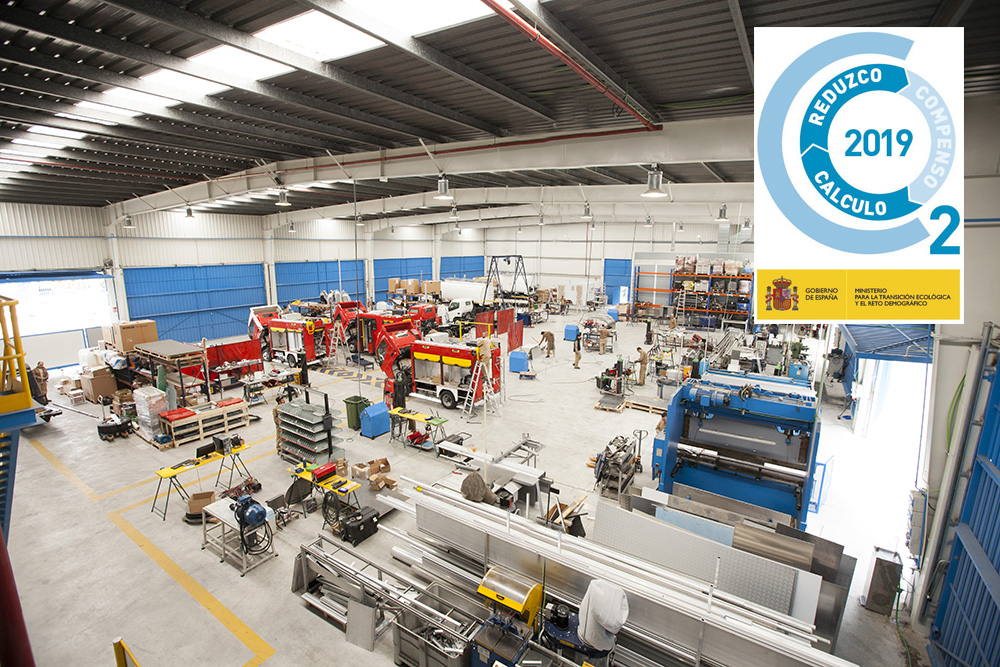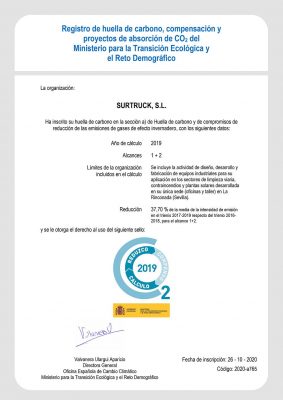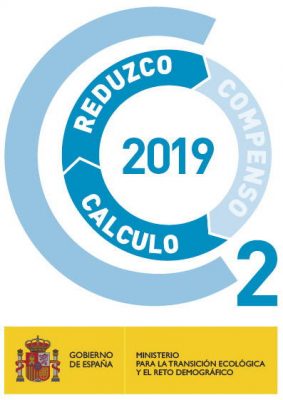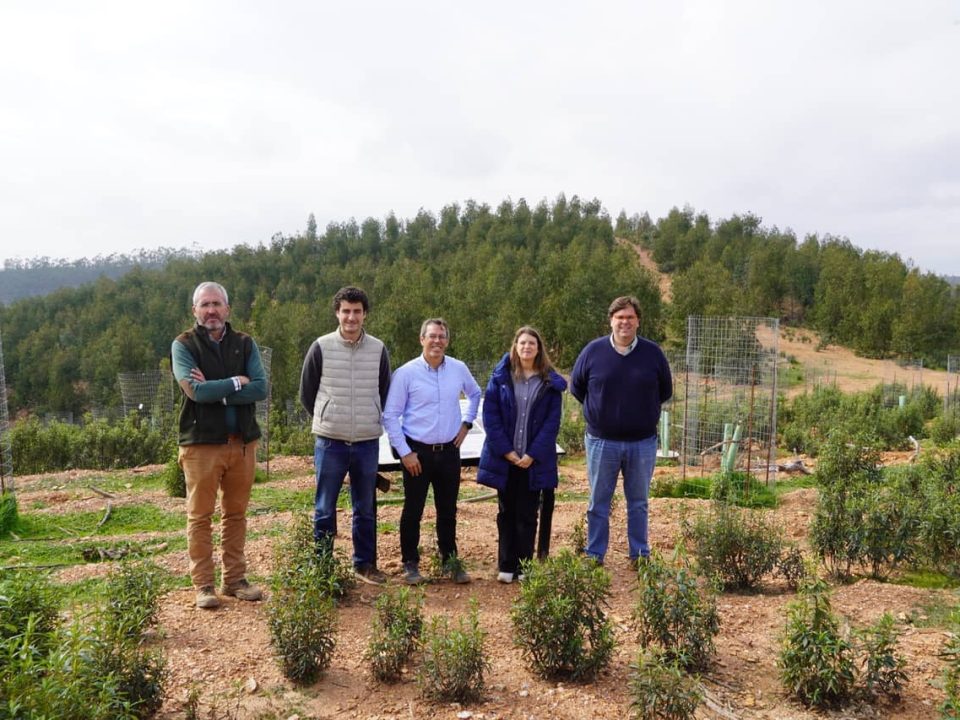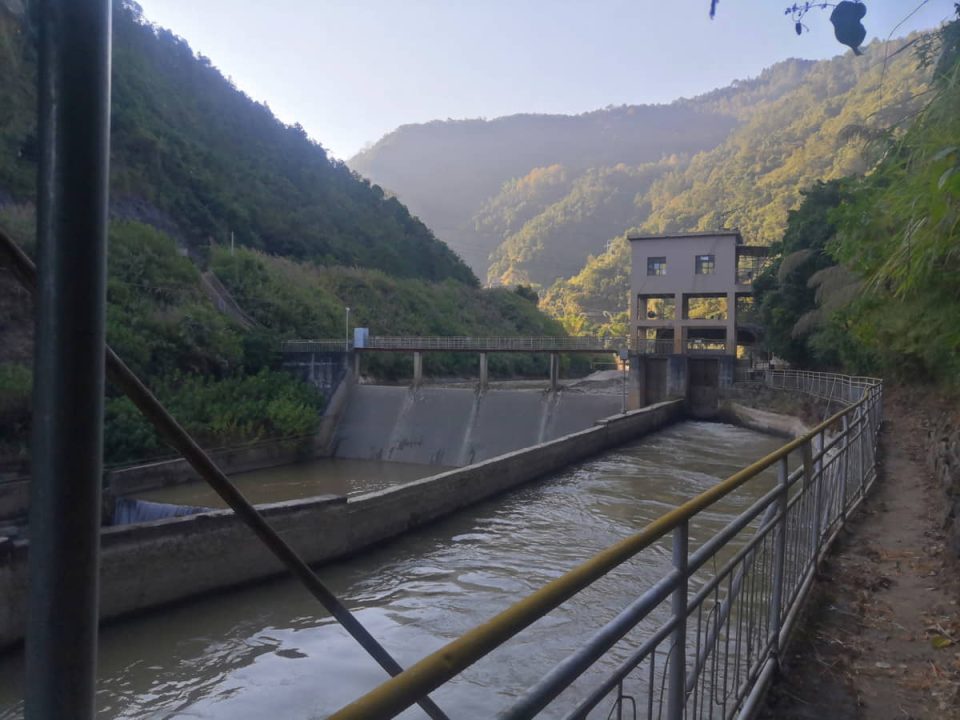Surtruck renews its environmental commitment by calculating and reducing its carbon footprint
True to its commitment to the environment, Surtruck has renewed its presence in the National Carbon Footprint Register of the Ministry for Ecological Transition and Demographic Challenge (MITERD), which has given the company the official seal that ratifies Surtruck’s commitment to mitigating climate change.
Surtruck has calculated and reduced its greenhouse gas (GHG) emissions since 2015, and no other company in its sector currently holds this environmental certification which reinforces its action against climate change.
Ecoterrae was the company responsible for providing technical advice on analysing emission sources and monitoring Surtruck’s plan of measures to reduce and offset emissions.
As part of its strategic planning, Surtruck has been drawing up its inventory of GHG emissions, also known as its “carbon footprint”, for years, in order to understand and minimise its contribution to global warming. This contribution is expressed in tonnes of CO2 equivalent, generated as a result of the management of its operations.
The main objective of the project is not only to obtain the total amount of GHG emissions generated throughout the year, but also to advance in the execution of the Emissions Reduction and Compensation Plan designed in the base year, which will allow it to reduce its carbon footprint in the following years. Specifically, in the last financial year Surtruck managed to reduce its carbon footprint by 15%, which is equivalent to avoiding the average energy consumption of a home in Spain for a whole year.
In this way, Surtruck is increasing its contribution to meeting the Sustainable Development Objective 13 (climate action), demonstrating that care for the environment is not a question of fads, but rather the philosophy with which the company designs and manufactures its high-tech products.
Greenhouse gas emission reduction data
- Year of calculation: 2019
- Scope: 1 + 2
- Limits of the organisation included in the calculation: The activity of designing, developing and manufacturing industrial equipment for application in the street cleaning, fire protection and solar plant sectors developed in its only headquarters (offices and workshop) in La Rinconada (Seville) is included.
- Reduction: 37.70% of the average emission intensity in the three-year period 2017-2019 compared to the three-year period 2016-2018, for the 1+2 scope.
The royal decree creating the registry establishes that organisations registered in the carbon footprint and reduction and/or compensation commitments section may use a seal of approval from the Ministry of Agriculture, Food and Environment (MAGRAMA), currently the Ministry of Agriculture and Fisheries, Food and Environment (MAPAMA). This seal is registered and owned by the Ministry.
The seal has a dual purpose. On the one hand, it makes it easier for organisations to demonstrate their participation in the register and, on the other hand, it reflects the degree of effort made by them in the fight against climate change. In this sense, it has been considered appropriate to distinguish between those organisations that calculate their carbon footprint and are on the way to reducing their emissions, and those that already reduce and/or compensate. The label therefore makes it possible to identify, for a defined period (which will be annual), three levels of participation: calculation of the carbon footprint, its reduction and/or offsetting.

